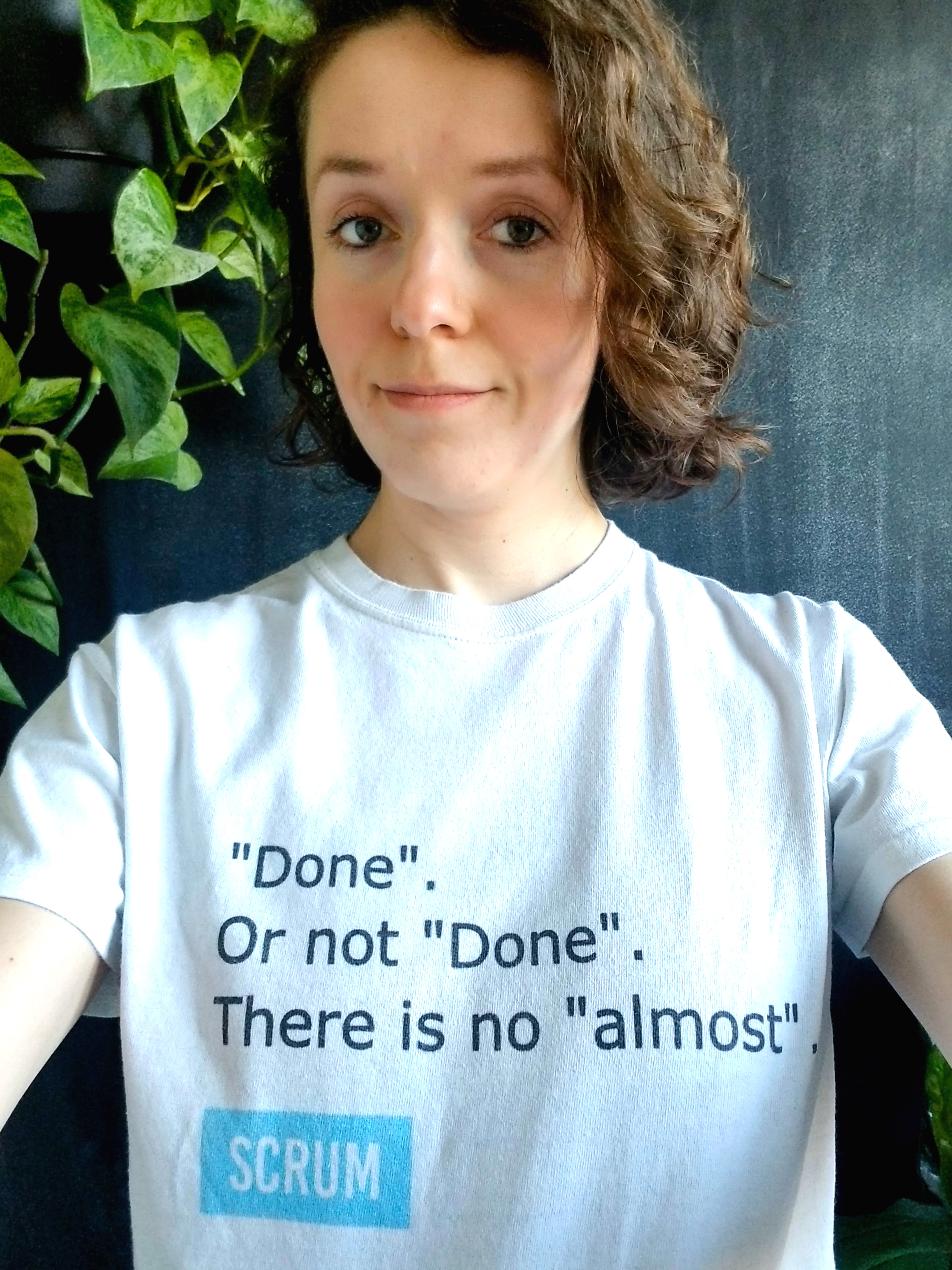The key point of Scrum (and Agile for that matter) is getting something valuable into the hands of our customers more frequently. However, this concept, closely linked to the Definition of Done, is often misunderstood and misinterpreted.
With the release of the new Scrum Guide back in November 2020, many people were taken aback by some of the precisions made in the text. While the guide itself became less wordy, it added some clarifications – now you can’t just skip those rules. (btw, watch my recent video on the 3 key points to pay attention to as a Scrum Master in the new Scrum Guide)
Unfortunately, it raised some additional questions from the community about the aspect of Done. In this video, I’m uncovering the truth dehind the change in the Scrum Guide as well as clatify what it really means.
Is Done new in Scrum?
Here is the thing: getting to Done was always key in Scrum. The changes in the Scrum Guide do not add anything new, they just clarify it.
If a Product Backlog item does not meet the Definition of Done, it cannot be released or even presented at the Sprint Review.
Scrum Guide 2020
Agility requires transformational change in how we work and how we measure our success. This change is hard and uncomfortable. But only by going through this change can you truly get the full benefits of Scrum.
When you implement an element of Scrum that feels challenging, then you are finally hitting the most important change – it’s not the time to turn around and cherry-pick. Rules are there for a reason, you know.
What you need to get to Done
If your team is not getting to Done every Sprint, that’s something you can immediately start working on as a Scrum Master. However, to be able to make real changes your team and your stakeholders need to openly discuss this problem.
This would require absolute transparency about the progress. Meaning, that if you don’t have anything Done, you don’t present anything. Instead of talking about work-in-progress everyone is focusing on figuring out how to help the team meet the Definition of Done next time and remove impediments on their way.
To be able to have that transparency, there has to be an environment of trust from both sides: stakeholders and management and the team.
In order to create the environment of trust, people in the organization need to have courage to take the first step: show vulnerability not knowing what to expect from the other side.
As a Scrum Master, you can use this simple string of connections to guide your decisions and actions:
Courageous behaviour -> Environment of trust -> Transparent information -> Delivering ‘Done‘
Figure out where the first breaking point occurs from left to right and address the problem there first.
In the end, delivering a Done increment every Sprint is a way of measuring success of Scrum. If your team is not there, you are not getting the full benefits of Scrum. Help your team focus on what really matters.

There’s a t-shirt for that!
Check out ScrumMastered online store for some cool products for Agile professionals, including this fun t-shirt I’m wearing.
You can also find my book and the Retrospective Poker cards there. All made with love by yours truly.



